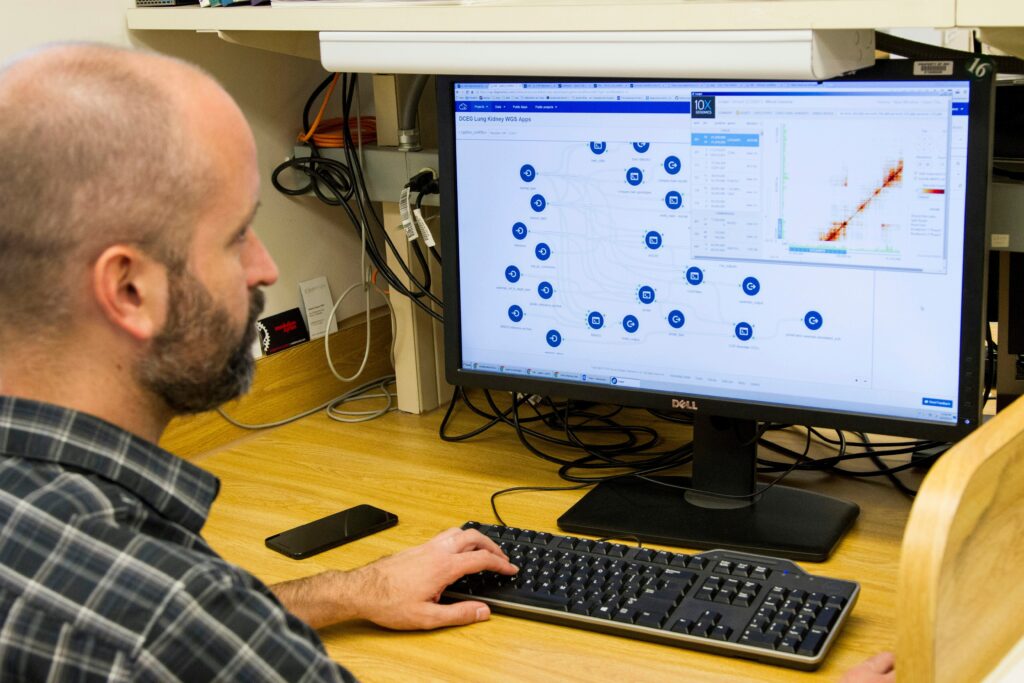
In a groundbreaking discovery, researchers have identified a novel intracellular trafficking pathway in plant cells, shedding light on how proteins are transported within these vital organisms. This finding, published in the journal Nature Plants, was made by Dr. Yihong Feng and Professor Takashi Ueda from the National Institute for Basic Biology in Japan, alongside their collaborators. Their research focused on the model plant Arabidopsis thaliana and revealed a retrograde trafficking pathway that retrieves the membrane protein VAMP727 from the vacuolar membrane back to endosomes.
Vacuoles in plant cells, much like those in yeast and animal cells, are traditionally known for their role in breaking down unwanted cellular components. However, in seeds, vacuoles also serve as storage units for large amounts of proteins that provide energy during germination. These storage proteins, found in seeds such as beans and wheat, are crucial for plant growth and are a significant agricultural resource linked to human diets.
Unveiling the Retrograde Pathway
Until now, the scientific community was unaware of whether proteins could be transported from the vacuole to other organelles. The discovery of this retrograde pathway marks a significant advancement in our understanding of plant cell biology. Dr. Feng and Professor Ueda’s study highlights the existence of a unique membrane trafficking network that plants have evolved over time.
Dr. Feng noted,
“The sorting nexin proteins that function in this newly discovered pathway have independently diversified in plants compared to animals and yeast. Our findings indicate that this trafficking route is a plant-specific innovation.”
This insight suggests a divergence in evolutionary paths between plants and other organisms, emphasizing the complexity and uniqueness of plant cellular mechanisms.
Implications for Plant Science and Agriculture
The discovery of the retrograde trafficking pathway has profound implications for both plant science and agriculture. Understanding how proteins are transported within plant cells can lead to advancements in crop improvement and agricultural productivity. Professor Ueda explained,
“We were able to show that the plant-unique membrane fusion protein VAMP727 co-evolved with a recycling mechanism from the vacuole. This suggests that the evolution of vacuolar protein transport in seed plants, which is essential for massive storage protein accumulation, was closely tied to the emergence of this retrograde pathway.”
This research not only provides new insights into the cellular biology of plants but also opens up potential avenues for biotechnological applications. By manipulating these pathways, scientists could enhance the efficiency of protein storage in crops, potentially leading to more resilient and productive agricultural systems.
Looking Ahead: The Future of Plant Research
The discovery of this novel intracellular trafficking pathway is just the beginning. As researchers continue to explore the complexities of plant cell biology, further revelations are likely to emerge. This study serves as a reminder of the intricate and sophisticated nature of plant systems, which have evolved over millions of years to adapt and thrive in diverse environments.
The implications of this research extend beyond academic curiosity, offering practical benefits for agriculture and food security. As global populations grow and climate change poses new challenges, understanding and harnessing the capabilities of plants will be crucial in ensuring sustainable food production.
In summary, the identification of this new protein transport pathway in plant cells represents a significant leap forward in our understanding of plant biology. It highlights the unique evolutionary paths taken by plants and underscores the potential for future innovations in agriculture and biotechnology.





